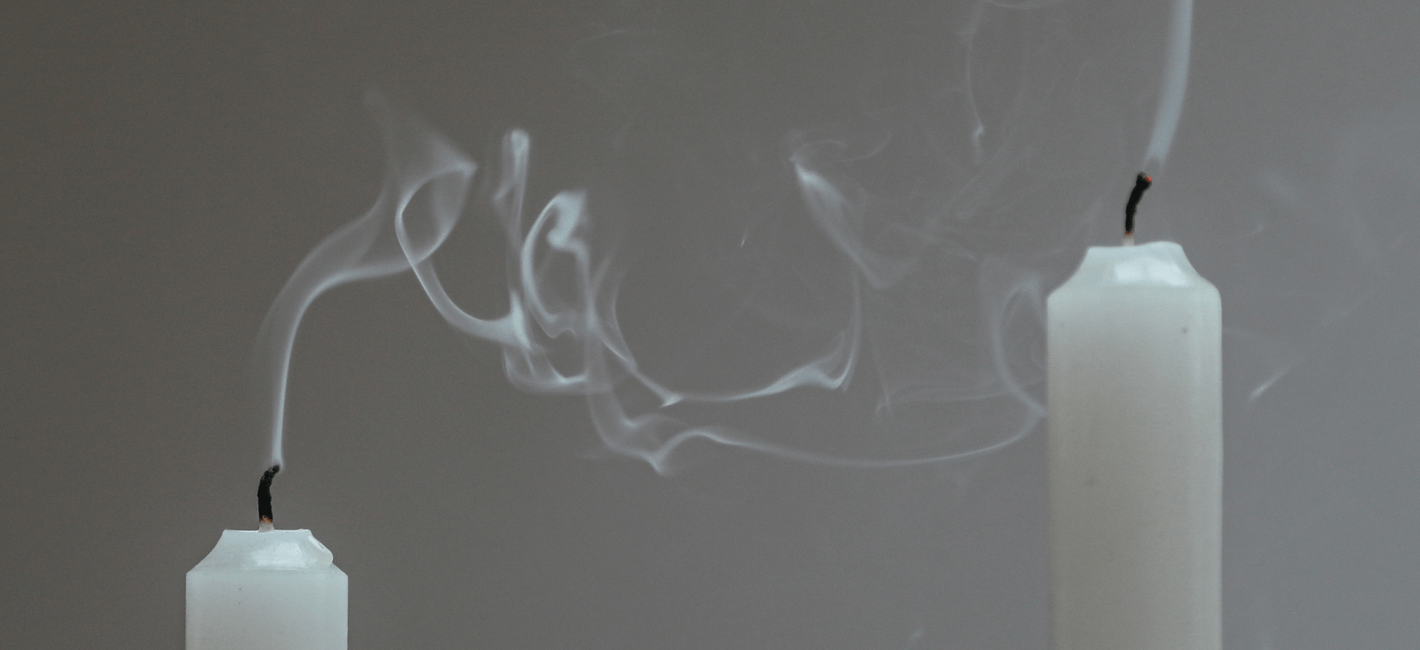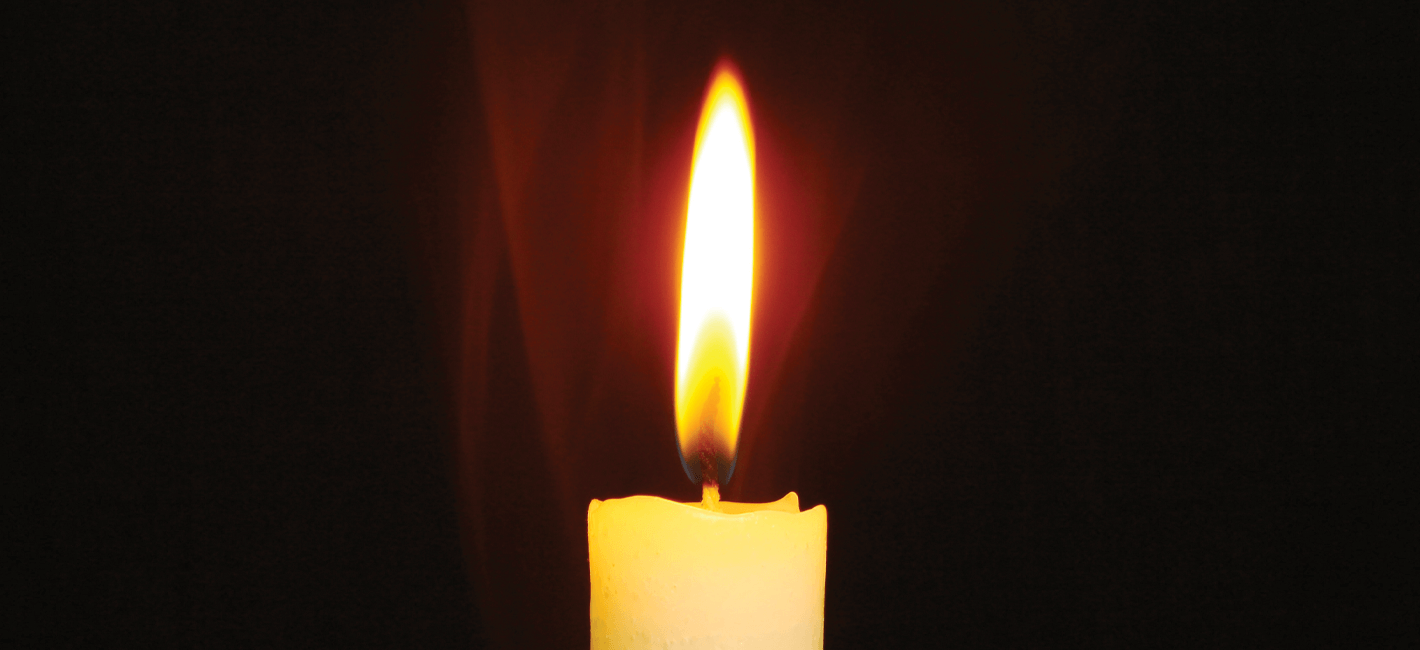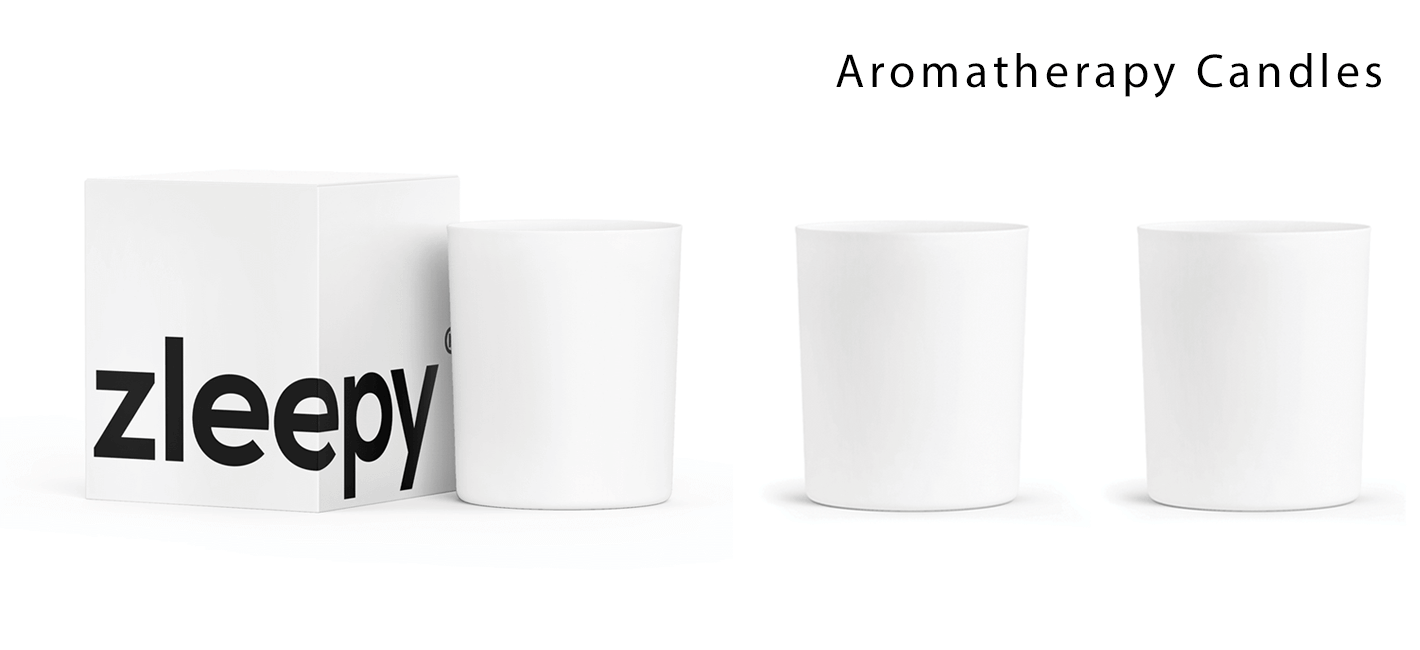Are candles bad for you?
Burning anything will release chemicals into the air, and candles are no exception. However, depending on what you’re burning, the amount and type of chemicals given off will be different. In short, the answer to the question ‘are candles bad for you’ is not entirely straightforward.
Candle emissions
The composition of the candle you’re burning will affect the type of emissions your candle gives out, and therefore dictate how toxic it is, or isn’t. Paraffin wax candles for instance, are made using petroleum, which when burnt creates carbon dioxide. Whilst this can be a harmful gas to inhale, the amount of chemical given off when burning a candle is so miniscule it has not been conclusively proven to be harmful to humans.
If you’re worried about what you’re inhaling, opt for a 100% natural candle, which will give off less soot and potentially harmful chemicals. Natural candles will either by unscented or contain essential oils, which when burnt can improve wellbeing. See more information on how candles work to learn about how they burn, what types of wicks are used & the different types of candles uses.

The European Candle Association funded a study in 2007 that examined different types of wax for toxic chemicals. The study found that the amount of chemicals released by every type of wax tested was well below the threshold that would cause health problems for humans. There have been no other major studies that conclusively prove that burning candles is detrimental to our health.
Candle as a light source
Candles were traditionally used as a light source primarily before electricity was widely available. These days candles still provide a backup light option for use during power cuts, for places with no electric lights, off-grid communities but are also popular for ambience, wellbeing and relaxation.
In our modern technology-filled lives blue light is a light source emitted from our devices such as smartphones, laptops, tablets and televisions. Blue light has shorter, higher energy wavelengths which are stimulating, and prolonged exposure can affect the way we sleep.
Some studies have also suggested that over time high levels of blue light exposure may even be damaging to our eyes. Candles in contrast are closer to the infrared side of the visible light spectrum and give out longer wavelengths of energy, which is less stimulating.
Using a more natural source of light in the evenings and closer to bedtime can help your body’s circadian rhythms know when to begin to produce that lovely melatonin hormone which makes us feel sleepy. In this way, candles can promote healthy bedtime routines that ensure our bodies wind down so we can get the optimum amount of sleep time.

Natural Candles
For those with concerns about the chemicals in candles, opting for plant-based, vegan candles will lower any potential risk of exposure to harmful compounds. These should be unscented or scented with essential oil and use a natural wick such as cotton or wood.
Natural candles are ones made from the following waxes:
- Beeswax
- Coconut Wax
- Rapeseed Wax
- Soy Wax
- Hemp Wax
Always check the label before buying to check for additives. Natural candles should contain essential oils rather than artificial perfumes and can be used to promote healthy wellbeing when used correctly and safely. Soy wax candles & Beeswax candles in particular is probably one of the most natural and least harmful types of candle you can buy as it is naturally made, smells naturally good, burns well and is a naturally attractive colour which needs to additives.
It is always a good idea to burn candles in a well-ventilated space, keep wicks trimmed to a short length, burn candles away from draughts, pets and small children. Find out which types of candles are dog friendly candles & how to trim a candle wick safely and efficiently, or visit our candle faq.

